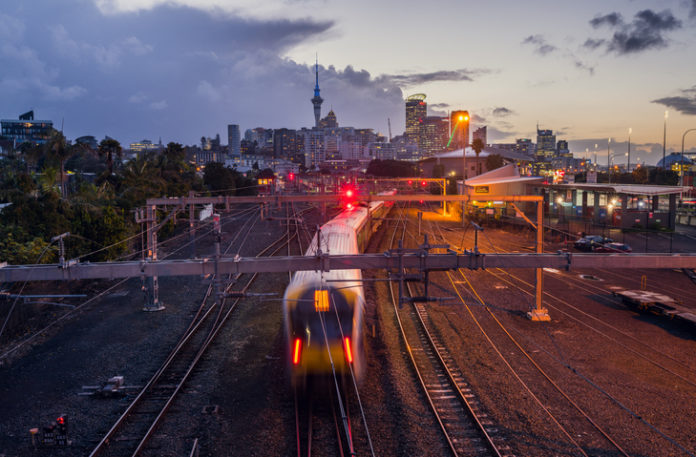The Government says it is bringing Auckland’s transport infrastructure into the future by moving forward with an ambitious 30-year plan to better link the city and its residents.
The plan provides an additional Waitematā Harbour crossing, the progression of light rail from Auckland’s CBD to the airport, and creation of a linked-up rapid transport network.
“We are committed to preparing for and safeguarding our country’s economic future today,” said Infrastructure Minister, Grant Robertson.
“Auckland’s population is projected to rise to two million by early next decade. In order to move two million people around our largest city safely and efficiently, we need well-planned and connected infrastructure.
“We have deliberately chosen this option for Auckland Light Rail that will integrate with other major infrastructure projects across Auckland, like the additional Waitematā Harbour crossing, the Auckland Rapid Transit Plan and Kāinga Ora Large Scale Projects,” Mr Robertson said.
Transport Minister, Michael Wood said Auckland was in need of a linked, rapid transit transport network to connect communities and provide greater access to businesses, while reducing congestion.
“The Government is taking the next step regarding Auckland light rail from the CBD to the Airport, and is proceeding with the option recommended by the Auckland Light Rail Establishment Unit, which will see Light Rail in a tunnel from Wynyard Quarter to Mt Roskill, which comes to the surface and runs alongside the SH20 motorway to the airport,” he said.
“Alongside the City Rail Link, the underground network will bring Aucklanders transport infrastructure into the 21st century, allowing faster trips and reduced emissions. City Rail Link is the heart of Auckland’s transport network, and Light Rail will now form the spine of what will be a fully integrated rapid transport network that will lead us into the future.
“The Government is also committed to an additional Waitematā Harbour crossing, and has brought forward planning for the crossing to ensure a fully integrated transport network for Auckland. Public consultation on options for the additional Waitematā Harbour crossing will begin this year, with a preferred option selected in 2023.”
He said the Northern Busway was growing at a rate of 20% a year and will run out of capacity in 10-15 years.
“So, new transport options for the future are needed, and the planning must begin now. This decision alongside the City Rail Link means that we can now ensure rapid transit to the North as well as the South, East and West.”
“Addressing future disruption is front of mind for the Government, and designing a support package alongside business will be a major part of this engagement in 2022. We are making a commitment to businesses in the area that significant disruption will be addressed through a comprehensive package, including direct financial support.
“Delivering a high-quality, world-class transport network to New Zealand’s largest city is a key priority of this Government. We are already unlocking the city through transport projects such as the Eastern Busway and the City Rail Link, both of which make moving around Auckland faster, easier, and more sustainable. Aucklanders have clearly relayed that they recognise the need for this investment, they want us to get on with it, and we are,” Mr Wood said.
Features of the chosen light rail option are:
- 24km route with up to 18 stations or stops from the City Centre to Māngere and the airport, running every five minutes so people can turn up and go.
- Capable of carrying up to 15,000 passengers per hour at peak, which is four times more passengers than a dedicated busway or trackless trams.
- Removal of up to 13 car lanes or taking 12,000* cars off the road, which is a great result for local streets, communities and carbon emissions (*average of 1.2 people per car).
- Integrates with current train and bus hubs and the City Rail Link stations and connections. Light rail can also be extended to the North Shore and North West without having to transfer from one line to the other.
- Includes safe walking and cycling along the corridor and with connections to all stations.
- Estimated to bring up to 66,000 new homes by 2051 and open up housing along the corridor in Mt Roskill, Onehunga and Māngere.
- Creation of up to 97,000 new jobs by 2051.



